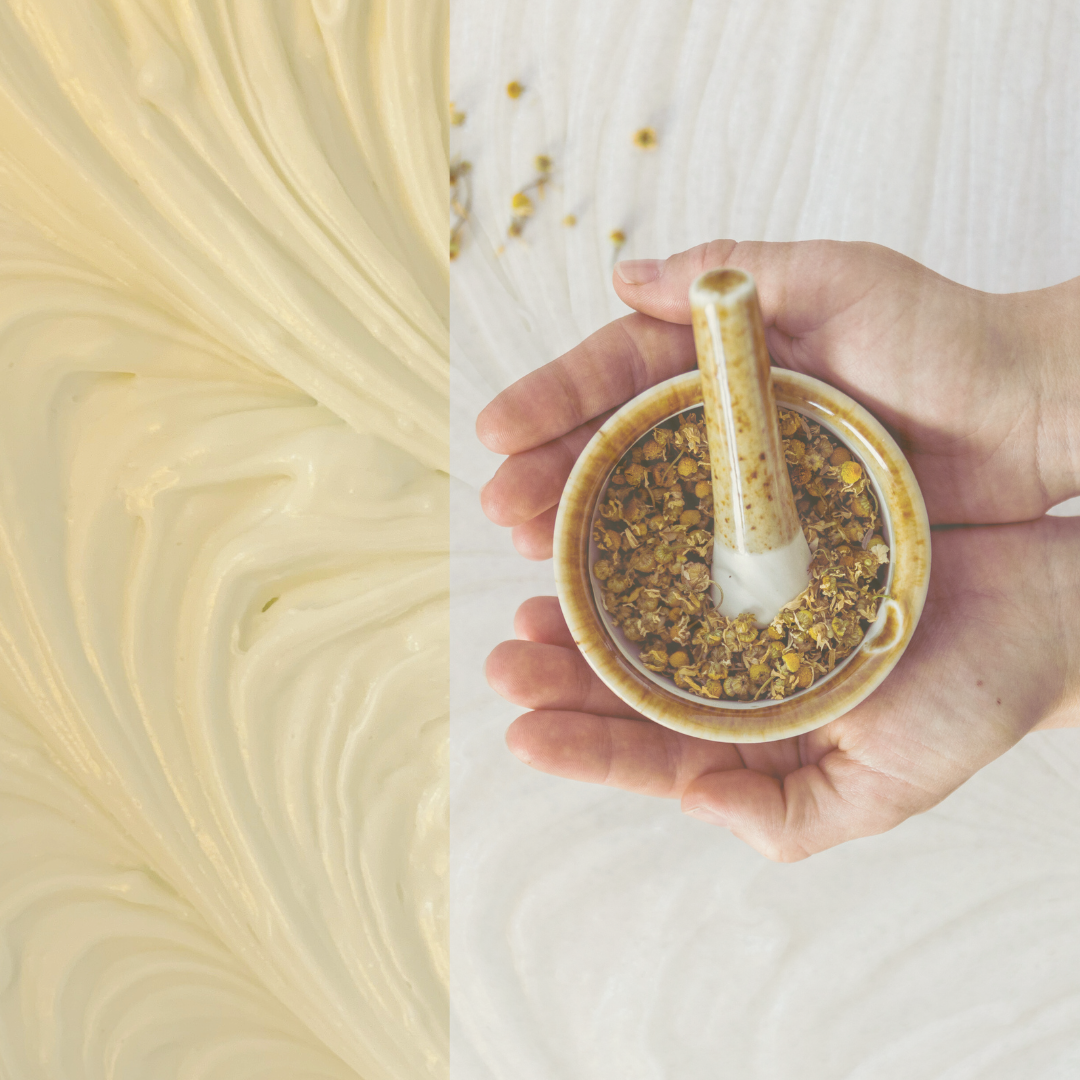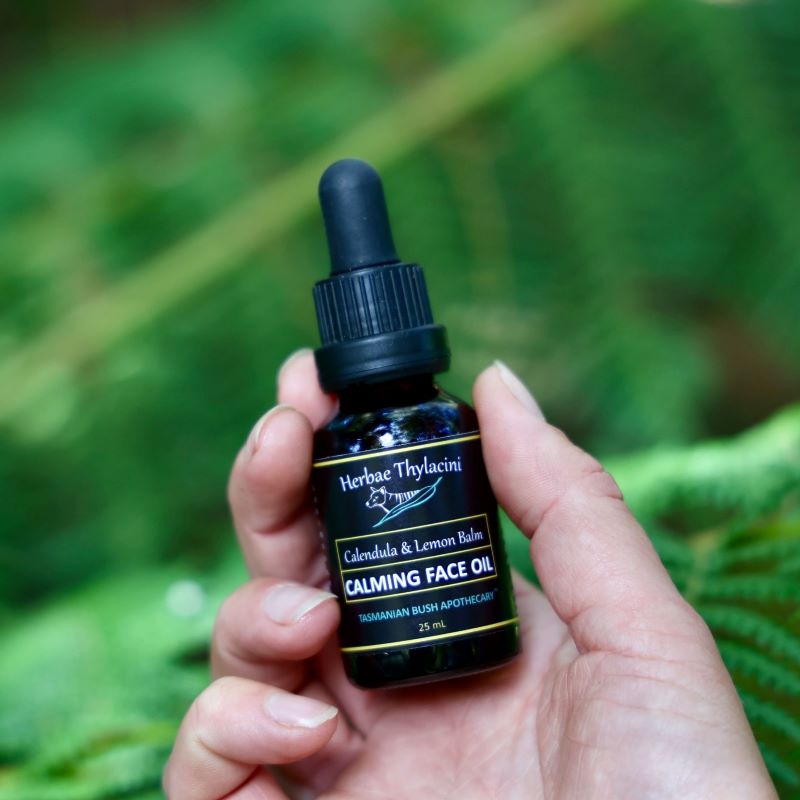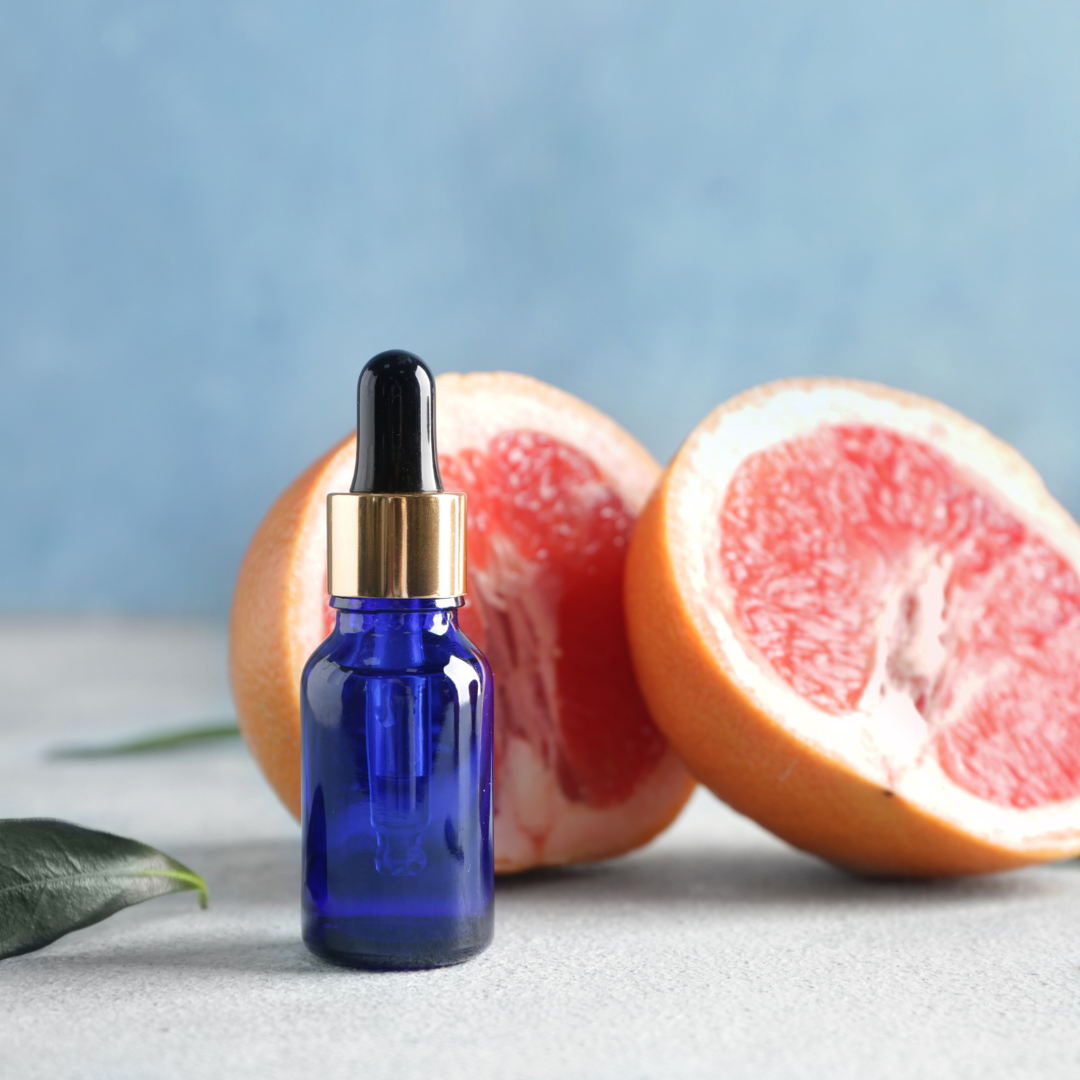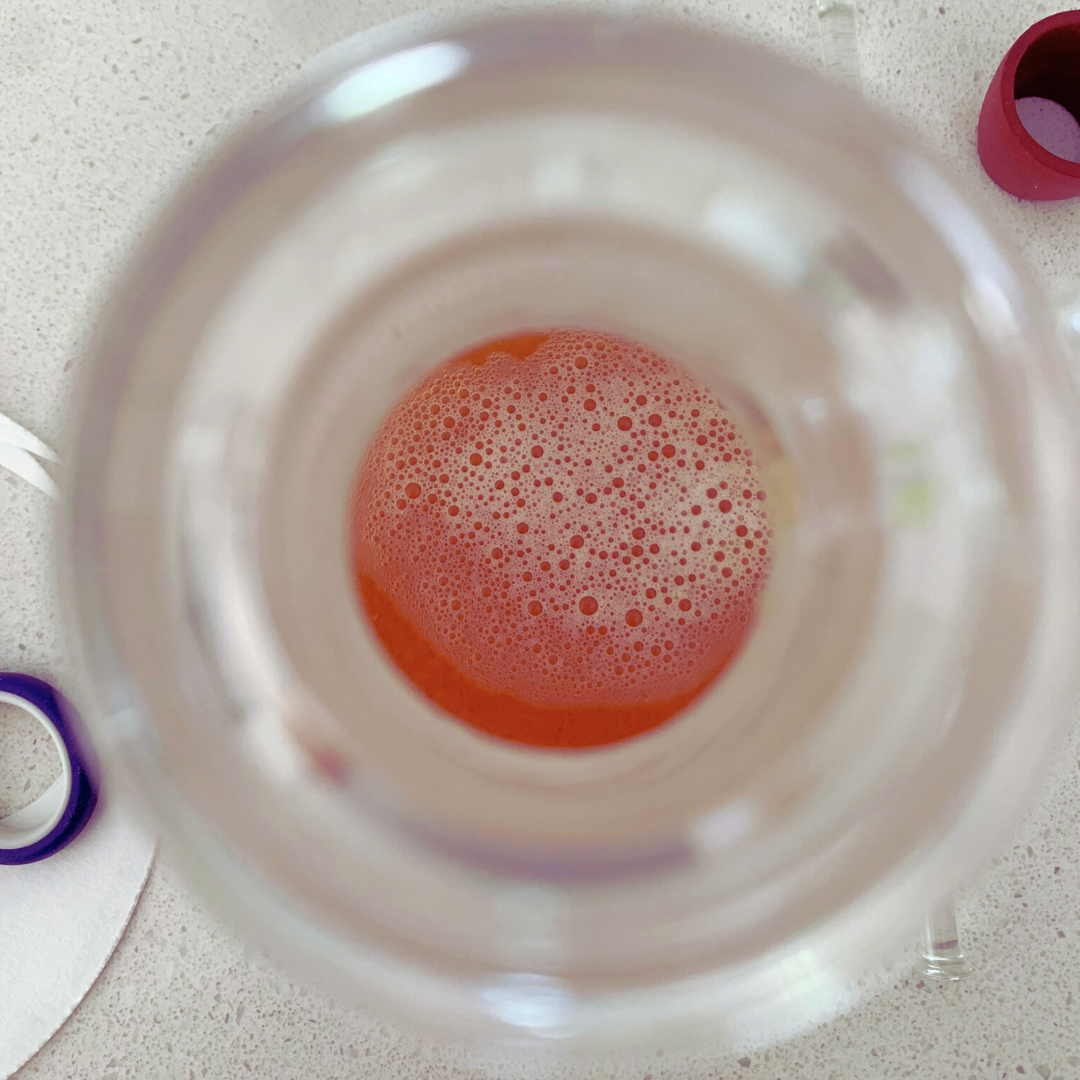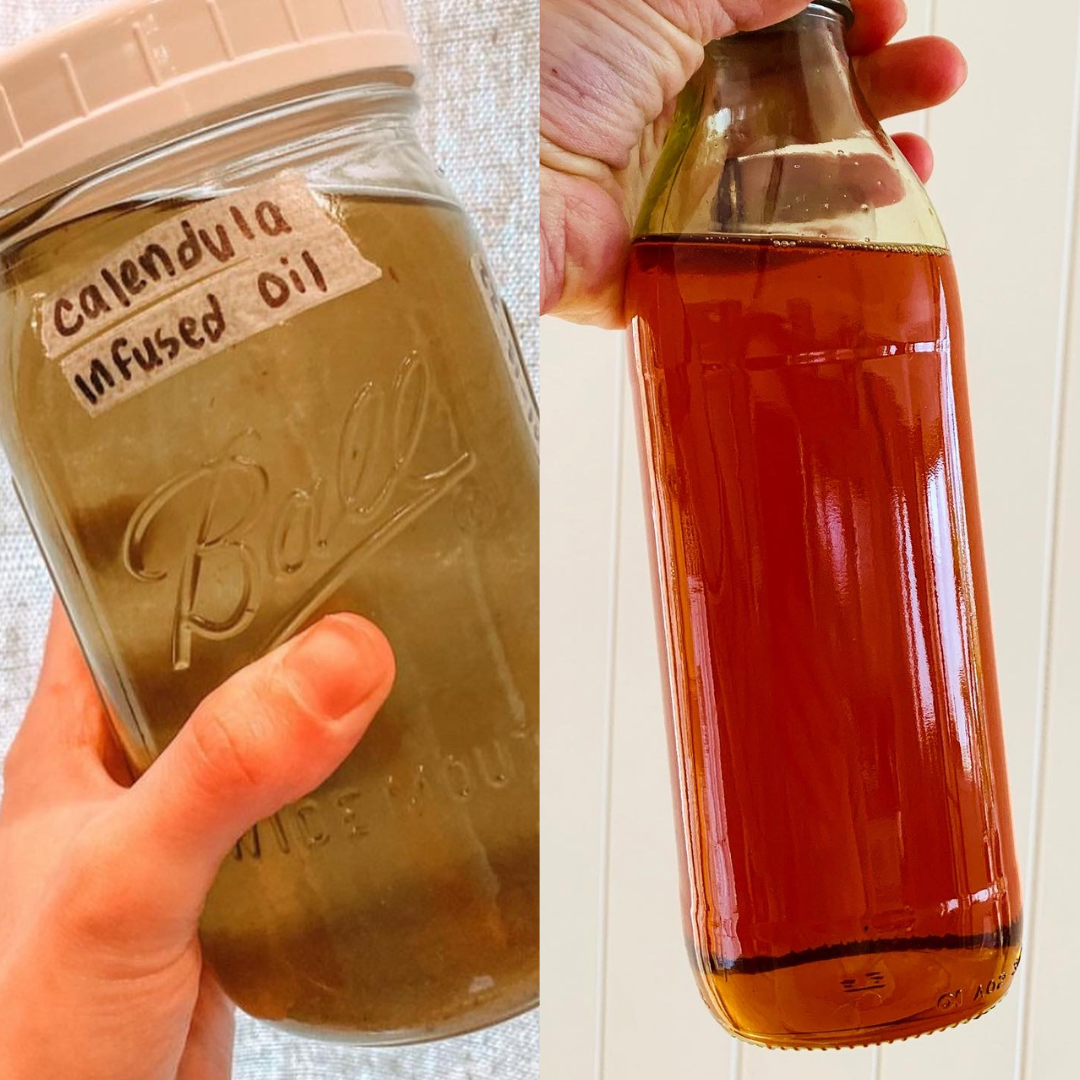
How to spot low quality herbal extracts in botanical skin care
Recently I came across a significant figure in the botanical skin care field claiming that “some commercial botanical extracts are transparent (i.e. lack colour), because they are filtered during manufacturing.”
As someone, who has been working with herbal extracts for over 10 years in both, a full-scale research laboratory and a smaller herbal skin care making space (where I filter extracts to a laboratory standard), I have yet to see a herbal extract that turns out colourless. Indeed, making a herbal extract that lacks colour and vibrancy takes quite some efforts! (Though there are notable exceptions, for example extracts created by distillation.)
So why are some commercial botanical extracts colourless? And why are mass-produced botanical skin care products often white?
The answer can be summarized by two words: QUALITY & SKILLS – or the lack thereof. But before I unpack this in more detail, let me get one thing straight:
Producing a cosmetic herbal extract on a large commercial scale does not make it automatically sh*t. And vice versa: a small-batch hand-made herbal extract does not always guarantee superior quality.
Below I elaborate on some of the warning signs of low-quality herbal extracts and the reasons behind them.
1. Rubbish in – rubbish out
The quality of a herbal extract stands and falls with the quality of the herbs used to make it. Vibrant, seasonally harvested plants will always be superior to herbs that have been sitting in a warehouse for a year or longer. When buying commercial herbal extracts, we hand down our control over the quality of the herbs to the manufacturer and further still to the supplier.
A supplier, who is unable to tell you where the herbs came from, when they were harvested, or (shockingly) if they were grown pesticide-free, and when and how the extract was made is a warning sign #1.
2. Wrong colour, aroma or texture
With a bit of herbal knowledge, you will be able to judge the quality of a herbal extract by simply looking at it, sniffing it or rubbing it between your fingers.
- Is it pale or outright color-less?
- Does it smell off? For example does it smell like a floral fragrance when the aroma should be earthy?
- Does it lack slip despite being made from a mucilaginous plant?
These organoleptic properties and sensorial analysis tie directly into the chemistry of herbal extracts.
3. Lack of chemistry knowledge
Herbal extracts should always present their distinct aromas and be rich on pigments and other notable phytochemicals. If targeting a particular herbal constituent, the herbs should be extracted with an appropriate solvent and method to maximize the extraction (and thus not waste the precious plant). This phytochemical approach requires a bit of chemistry knowledge.
If a herbal extract is accompanied with a particular constituents-based claim, the chemistry has to hold up. If it does not, that’s your third warning sign.
4. Lack of traditional skills and reverence
There are only a few things comparable with the beauty of gently nudging a plant to fully connect with her medicine. More than chemistry, a traditional herbalist will consider different energetic patterns and be guided by them to create the most suitable extract. This approach, however, should not be confused with “doing whatever” with any given herb. There are intricate patterns to be followed.
Importantly, a traditional herbalist will always treat a herb with reverence and utmost respect. How do you know if a supplier of botanical extracts holds herbs dear in their heart? Approach them and inquire. Notice how they speak about plants and how they present their work.
5. Dilution
In order for herbs and their extracts to impart any effect on the skin, they have to be used in an appropriate amount. If they are only added into a product to make the ingredient list sound more complex and “medicinal”, they are close to useless.
The trick is not to use as many herbal extracts as possible. On the contrary, the trick is to intentionally use a few herbs that complement each other and to combine them in a quantity that has an actual effect.
We can get away with not knowing the potency of a herbal extract, however, for consistent products making, knowing the strength is important. Commercial herbal extracts for skin care rarely state this.
6. Angel-dusting
Dilution comes with another name in skin care: angel-dusting.
Angel-dusting is a misleading marketing practice of using too small an amount of an ingredient (for example a herbal extract) in a cosmetic formulation for it to have any effect.
Sadly, it is a hidden and prevalent form of greenwashing. Even if a herbal extract turns out to be colourful, if used in a microscopic amount, it will not impart its power on the final product.
7. Long ingredients lists
In order to have long-shelf lives, (particularly) water-based commercial herbal extracts need to be adequately preserved. Some of them can contain more than 10 different ingredients, including preservatives. What are you paying for in such case – a quality extract or a stack of additional ingredients?
The solution to low-quality herbal extracts?
Returning to the skilful practice of creating your own high-quality herbal extracts to make *real* herbal skin care. You may find plenty of information about making your own herbal extracts online. I myself offer a variety of courses:
Herbal Extracts for Natural Skin Care
A unique comprehensive online masterclass that focuses on the selection of an appropriate solvent (oil, glycerine, ethanol, water…) and offers a meticulously researched database of more than 20 herbs that are commonly used in skin care and topical herbal products (their key chemical constituents, their effect on the skin and how to best extract them.) Next intake will be in May/June 2026 when the door to my signature online offering (Herbal Skin Craft) open.
Oily Craft: Herbal oils and Balms
This 3-part series will offer practical approaches and curious science of making herbal infused oils: from the types of carrier oils and their compatibility with the human skin, to various infusion methods, to turning infused oils into balms, salves and ointments. Oily Craft is currently in the making and will open for registration in January 2026. You can get in touch to get on the waitlist.
Full Craft: Guided Herbal Skin Care Formulation
This offering will take you step-by-step through the making of a herbal skin care product. In its pilot edition, we explore a Rich Cream with Gotu kola, Marshmallow & Calendula. From the formulation concept to the making of herbal extracts, to the crafting of the final product (with plenty of practical tips).


